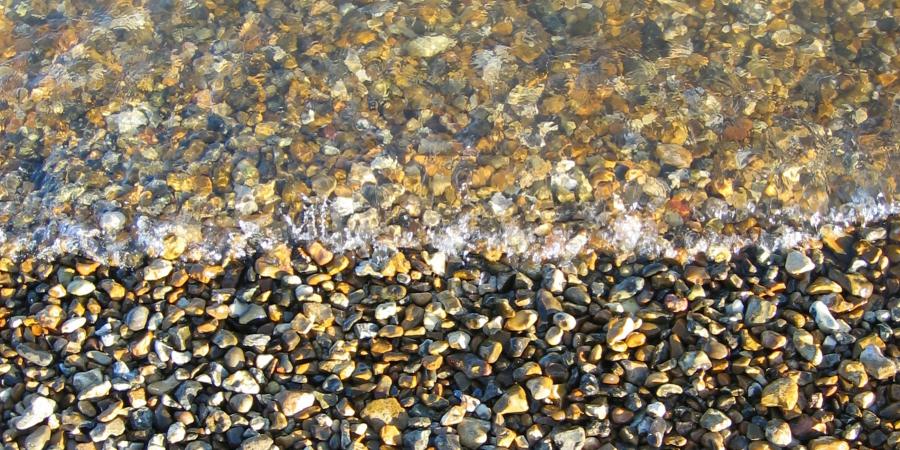The impact of rising sea levels is significant if you are one of the 600 million people living on low-lying coastal plains around the world, but how can we as archaeologists help in the fight against climate change?
This week I attended an international conference in The Netherlands on the impact of sea-level rise from past to present #islr18, and I was honoured to have been invited to give a keynote talk on Submerged Landscapes.
My talk ‘Beyond Doggerland’ looked at recent advances in submerged landscape research in the North Sea. Presenting to an audience of sea-level and coastal scientists, I wanted to show the potential for using the past to learn lessons for the future.
As part of our palaeolandscape work, we are able to map old coastlines that formed in the past when sea levels were much lower than they are today. When ice sheets melted at the end of the last ice age, sea levels rose at unprecedented rates drowning these coastlines. Today, they are stranded below 20-30 metres of water in the seas surrounding the British Isles.
One way of understanding how our present-day vulnerable coastal environments will respond to rising sea level, is to look into the past and use these drowned coastlines to try and understand what rates of sea level rise would be required to drown a coast, how fast this would happen and what mitigation of adaption measures we can take?
I must say this is not the primary objective of our work; but, if we can use submerged landscapes to help understand how our modern coastline will be impacted by sea-level rise, we will be in a better place to protect those heritage assets located at the coast that are at risk.
